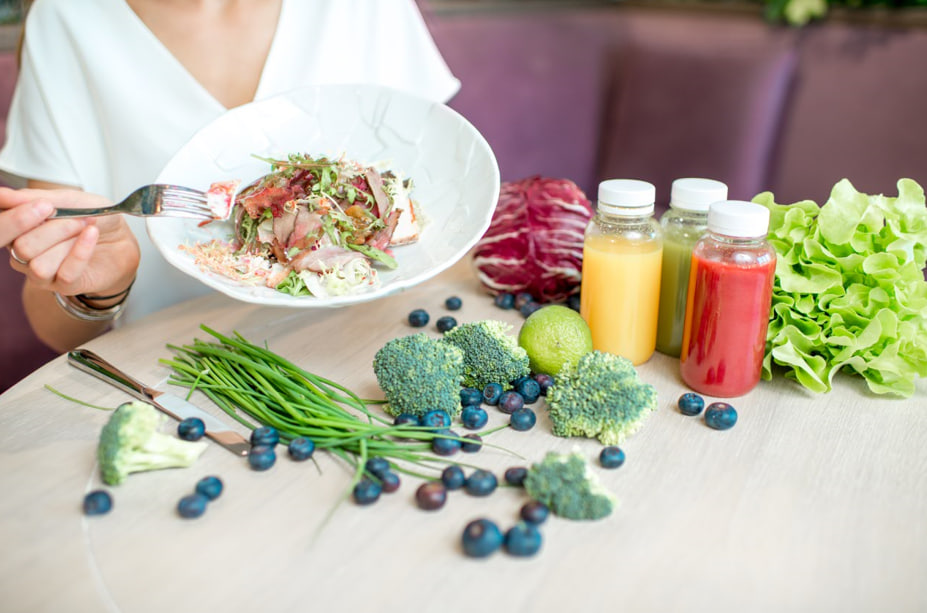Eating raw doesn’t have to mean nibbling on carrots all day. In fact, a well-thought-out raw food plate can be vibrant, nourishing, and fully satisfying — both for your body and your taste buds. But one common concern among those new to raw food is: “How do I make sure I’m getting a balanced meal?” That’s exactly what this article will help you answer.
Understanding the Raw Plate
A balanced raw food plate brings together a range of nutrients and food groups — just like any well-rounded cooked meal. The goal is to combine fiber-rich vegetables, hydrating fruits, plant-based proteins, and healthy fats, all in their most natural, unprocessed form. Let’s break it down:
- Leafy Greens: These form the base of your meal. Spinach, kale, romaine, arugula — all offer fiber, chlorophyll, iron, and a host of vitamins. Think of them as the canvas for your masterpiece.
- Healthy Fats: Avocados, raw nuts (like almonds or walnuts), seeds (chia, flax, hemp), and cold-pressed oils (such as olive or flaxseed) are essential. They provide energy, support brain and heart health, and help your body absorb fat-soluble vitamins (like A, D, E, and K).
- Fresh Vegetables and Fruits: These add color, crunch, sweetness, and a range of antioxidants. Go for variety — bell peppers, carrots, cucumbers, tomatoes, berries, apples, mangoes, pineapple. The more colorful your plate, the more nutrients you’re likely consuming.
- Plant-Based Protein: You don’t need to cook beans or tofu to get protein. Raw sprouted lentils, mung beans, sunflower seeds, hemp seeds, and even spirulina (a blue-green algae) offer impressive amounts of plant-based protein. Combine different sources for a full amino acid profile.
- Fermented Foods: Raw sauerkraut, kimchi, and coconut yogurt provide probiotics that aid digestion, support your immune system, and add tangy flavor. Just make sure they’re truly raw and not pasteurized.
Sample Raw Plate
Here’s a quick example of how you might structure a full raw meal:
- A large bed of spinach and mixed baby greens
- Sliced cucumber, grated carrot, cherry tomatoes, red bell pepper
- Half an avocado, diced
- 2 tablespoons of sprouted sunflower seeds
- A spoonful of fermented sauerkraut
- A drizzle of lemon-tahini dressing (blended raw tahini, lemon juice, garlic, water, sea salt)
Tips for Success
- Prepping is key: Wash and chop veggies in advance. Keep your fridge stocked with raw essentials. This makes it easier to assemble meals even on busy days.
- Play with textures and flavors: Raw meals don’t have to be bland. Mix crunchy, creamy, and juicy ingredients. Use herbs and spices. Try raw marinades or dehydrate components for a new twist.
- Listen to your body: Craving something sweet? Add fruit. Need more fullness? Include more fat or protein. A raw plate should leave you satisfied and energized.
Conclusion
Creating a balanced raw plate isn’t about following rigid rules — it’s about learning how different foods work together to support your well-being. With a little practice, you’ll be able to craft meals that are as delicious as they are nutritious. Whether you’re fully raw or just experimenting, mastering this approach will bring you closer to feeling your best every day.

